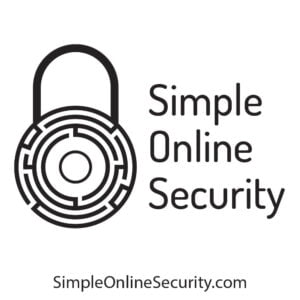This year has witnessed many disclosures of data breaches, notably the AT&T breach, potentially affecting 73 million individuals. With the increasing accumulation of customer data by companies, data breaches have become more prevalent. It’s imperative to safeguard proactively your information.
Every data breach is unique, exposing distinct information. Those affected may face elevated risks of identity theft, with thieves exploiting stolen data for fraudulent activities like credit applications and accessing financial accounts.
While it’s challenging to evade data breaches, certain precautions can mitigate risks, especially when engaging in online transactions. Prioritize confirming the security protocols of websites before divulging personal data, ensuring “HTTPS” in the URL and a closed lock symbol indicating a secure connection.
Scrutinize the privacy policies of companies collecting personally identifiable information and verify the authenticity of trust seals like the BBB’s Accredited Business seal. Exercise caution on social media to avoid over sharing, as seemingly innocuous details can compromise security, especially if used in passwords or security questions.
Recognizing signs of compromised data, such as unauthorized transactions or new accounts opened in your name, requires consistent monitoring of bank and financial statements. Regularly checking credit reports from major bureaus via AnnualCreditReport.com can aid in the early detection of suspicious activities.
Establishing a bill payment schedule can alert you to potential identity theft if bills cease to arrive, prompting immediate follow-up with creditors. Setting up automatic alerts on accounts enhances vigilance against fraudulent transactions.
In the event of a data breach, remain calm as individuals are typically not liable for fraudulent charges. Verify the authenticity of breach notices directly from the company’s website to avoid falling victim to phishing scams. Consider implementing credit freezes or fraud alerts on credit reports to prevent unauthorized access.
Promptly report any fraudulent charges to banks or credit card issuers for resolution and consider replacing compromised debit cards or adding security blocks. Beware of unsolicited communications claiming to assist with resolving breaches, as they could be attempts to gather further personal information.


